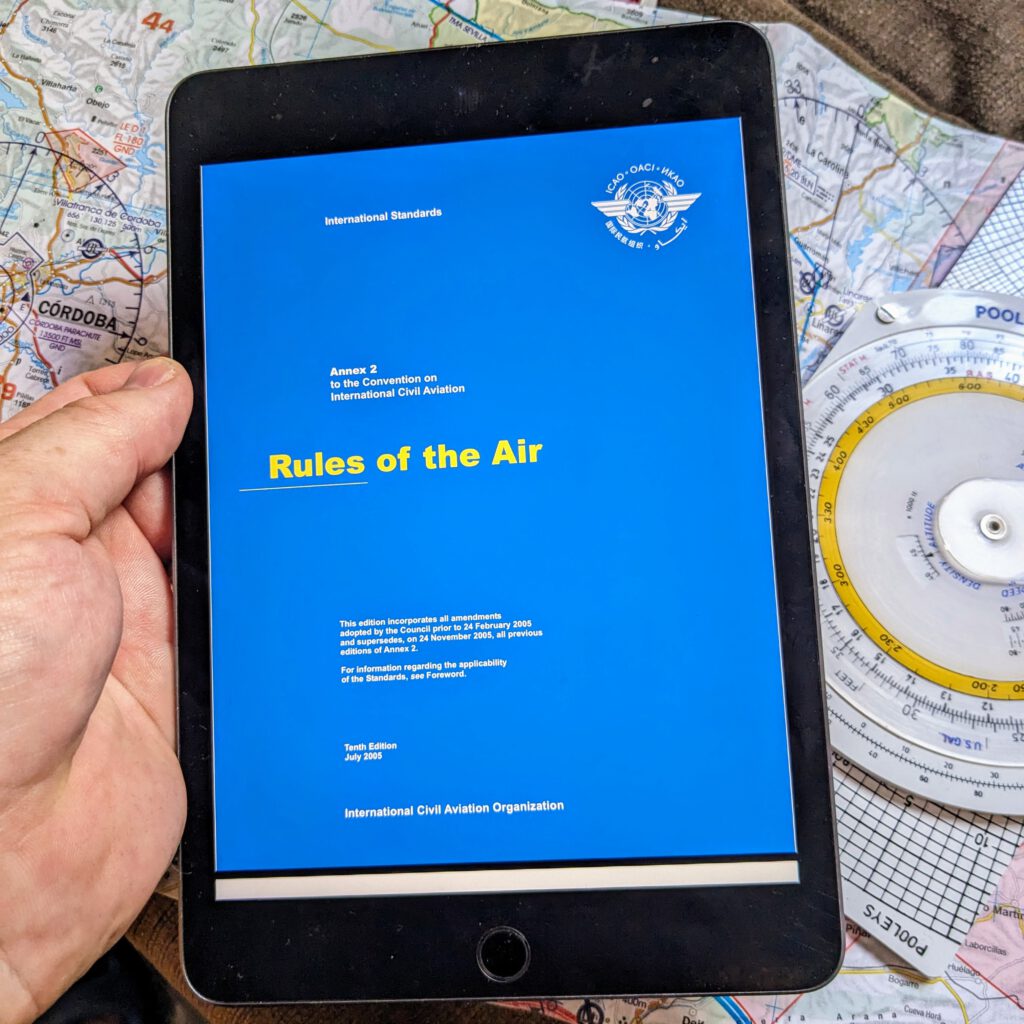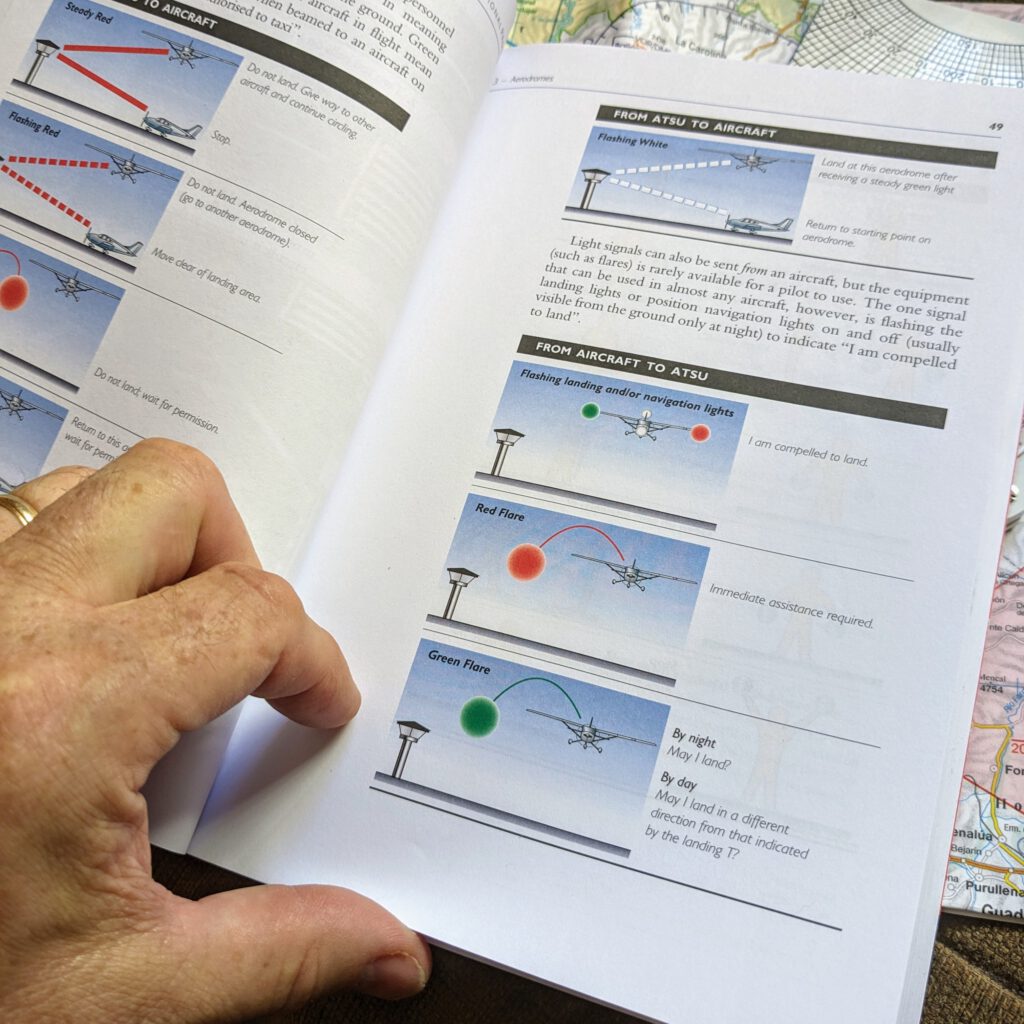Air Law and ATC Procedures for the Private Pilot Licence.
Let’s be real, folks—aviation law might not be the most thrilling topic out there, but if you’re aiming to get your Private Pilot Licence (PPL and LAPL), it’s essential. Think of it as the rules of the road for the skies. You need to know them to fly safely and legally.
In this post, I will introduce you to some of the key elements of international aviation law. We’ll cover the 1944 Chicago Convention, how it led to the creation of the International Civil Aviation Organisation (ICAO), and the important principles around state sovereignty over airspace. Stick with me, and we’ll make this as painless as possible!

The Basis of International Legislation
The 1944 Chicago Convention
In November 1944, the United States convened a conference in Chicago attended by delegates from 52 nations. The purpose of this conference was to foster the future development of international civil aviation and promote global friendship and security, preventing aviation’s misuse as a threat to general security.
The outcome of the convention was the “1944 Chicago Convention”, a document comprising 96 articles that laid the foundation for modern international aviation and led to the establishment of the International Civil Aviation Organisation (ICAO). ICAO was tasked with administering the principles of the convention and implementing the associated rules and regulations, which are detailed in annexes to the convention and supplementary documents written since 1944.
One key principle of the convention is that each state must create its own national legislation that reflects ICAO’s standards. While this remains the case for many countries, the European Union has centralised this responsibility under the European Aviation Safety Authority (EASA). Since the original convention, there have been additional conventions addressing evolving issues such as aviation security and terrorism.
The Articles of the Chicago Convention
The Chicago Convention includes 96 articles that:
- Establish the privileges and restrictions of all contracting states.
- Provide for the adoption of International Standards and Recommended Practices regulating air navigation.
- Recommend the installation of navigation facilities by contracting states.
- Suggest the facilitation of air transport by reducing customs and immigration formalities.
The convention affirms that every state has complete and exclusive sovereignty over the airspace above its territory, and stipulates that no scheduled international air service may operate over or into a state’s territory without its prior consent. The Chicago Convention and its annexes are the primary source documents for all national aviation laws. Some countries adopt these laws in full, while others notify variations.
Now, let’s see what you have learned. Cover up the explanation at the bottom of each question and select the correct answer.
Multiple Choice Questions Air Law
What was the primary purpose of the 1944 Chicago Convention?
- A) To establish the European Aviation Safety Authority (EASA)
- B) To foster the development of international civil aviation and promote global peace and security
- C) To create a global airline network
- D) To regulate maritime navigation
- Explanation: The primary purpose of the 1944 Chicago Convention was to foster the future development of international civil aviation and promote global peace and security by preventing its misuse (Correct answer: B).
Which organisation was established as a result of the 1944 Chicago Convention?
- A) The Federal Aviation Administration (FAA)
- B) The International Air Transport Association (IATA)
- C) The International Civil Aviation Organisation (ICAO)
- D) The European Aviation Safety Authority (EASA)
- Explanation: The 1944 Chicago Convention established the International Civil Aviation Organisation (ICAO) to administer the principles of the convention and implement related rules and regulations (Correct answer: C).
How many articles does the Chicago Convention document contain?
- A) 52
- B) 72
- C) 96
- D) 120
- Explanation: The Chicago Convention document comprises 96 articles that lay the foundation for modern international aviation (Correct answer: C).
What is one of the key principles established by the Chicago Convention regarding state sovereignty?
- A) States must share their airspace with neighbouring countries
- B) States have complete and exclusive sovereignty over the airspace above their territory
- C) States must allow unrestricted access to their airspace for international flights
- D) States have no control over their airspace
- Explanation: One of the key principles established by the Chicago Convention is that each state has complete and exclusive sovereignty over the airspace above its territory (Correct answer: B).
What role does ICAO play in relation to the annexes of the Chicago Convention?
- A) ICAO develops and modifies the annexes to the convention, detailing Standards and Recommended Practices
- B) ICAO enforces national aviation laws
- C) ICAO operates all international airports
- D) ICAO certifies all aircraft for international flights
- Explanation: ICAO is responsible for developing and modifying the annexes to the Chicago Convention, which detail Standards and Recommended Practices for international aviation (Correct answer: A).
Congratulation. Now you have actually learned some required knowledge for the Air Law written exam. Understanding the principles of international aviation law is essential for any pilot. The 1944 Chicago Convention remains a cornerstone of aviation legislation, ensuring the safe and efficient operation of international air transport.

Air law and ATC procedures syllabus
The main topics of air law and ATC procedures for the theoretical knowledge examination of the Private Pilot Licence are:
International Law: Conventions, Agreements, and Organisations
- The Convention on International Civil Aviation (Chicago Convention)
- General principles and application
- Flight over the territory of Contracting States
- Nationality of aircraft
- Measures to facilitate air navigation
- Conditions to be fulfilled by aircraft
- International standards and recommended practices
- Validity of endorsed certificates and licences
- Notification of differences
- The International Civil Aviation Organisation (ICAO)
- Objectives and composition
Annexes to the Chicago Convention
- Annex 1: Personnel Licensing
- Definitions and relevant parts connected to Part-FCL and Part-Medical
- Annex 2: Rules of the Air
- Essential definitions, applicability of the rules, general rules, visual flight rules, signals, and interception of civil aircraft
- Annex 7: Aircraft Nationality and Registration Marks
- Definitions, common and registration marks, certificate of registration, and aircraft nationality
- Annex 8: Airworthiness of Aircraft
- Foreword, definitions, certificate of airworthiness
- Annex 11: Air Traffic Services
- General provisions, visual separation in the vicinity of aerodromes, procedures for aerodrome control services, radar services, flight information service, and alerting service
- Procedures for Air Navigation: Aircraft Operations (PANS-OPS)
- Altimeter setting procedures, secondary surveillance radar transponder operating procedures, and operation of transponders
- Air Traffic Management (Doc. 4444)
- Definitions, general provisions, visual separation, procedures for emergencies, communication failure, and contingencies
National Law
- Search and rescue
- Security
- Aircraft accident and incident investigation
These topics form the curriculum that must be mastered for the theoretical knowledge examination for a PPL(A).
Sign up for the newsletter to be notified of more aviation theory stuff!